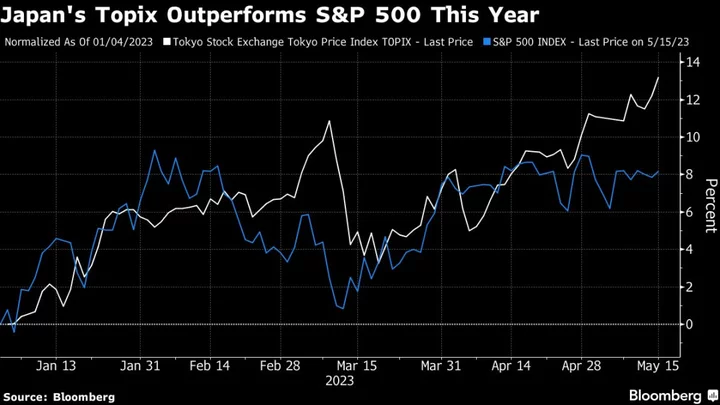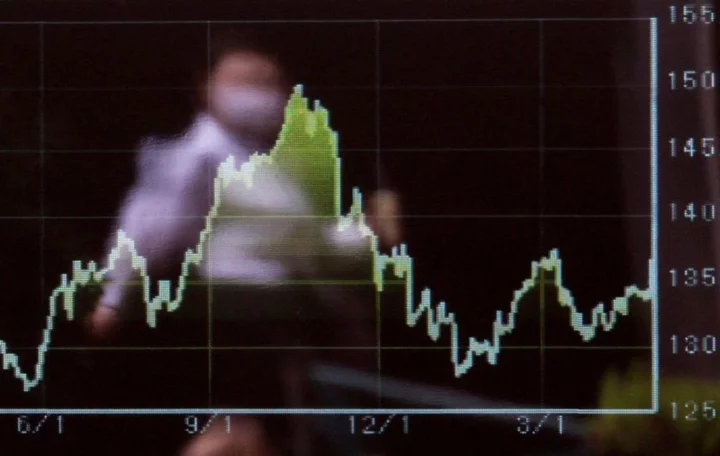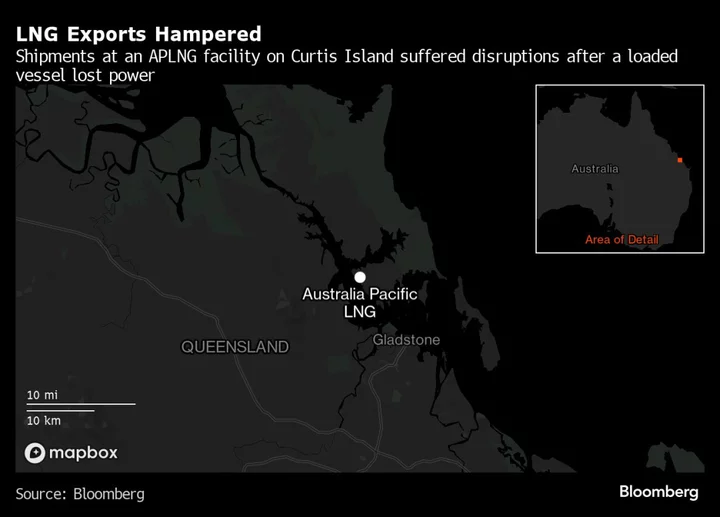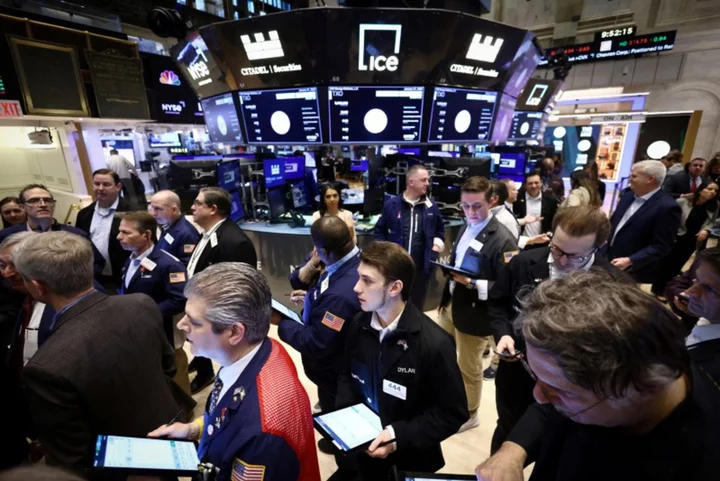Japan’s Topix rose to its highest since August 1990, as foreign buying and locally driven corporate governance improvements lifted stocks to levels not seen since the nation’s bubble economy burst.
The benchmark climbed as much as 0.5% to 2,126.14, with solid earnings at firms focused on domestic demand adding to bullish sentiment. The Topix is beating the S&P 500 this year on further tailwinds from a weakening of the yen amid the Bank of Japan’s continued easy-money policy. The Nikkei 225 Stock Average, which rose as much as 0.9%, is Asia’s best performing major benchmark for 2023.
“Domestic and foreign investors are positive about Japan relative to the US and Europe, as it does not face an imminent recession and yet has very low valuations,” said John Vail, chief global strategist at Nikko Asset Management Co. “There is a strong possibility that it will outperform global markets.”
A renewed push by corporates to increase buybacks and focus on investor returns is helping boost sentiment, after the Tokyo Stock Exchange called on firms that are trading below book value to outline capital improvement plans. Dai-Ichi Life Holdings Inc. shares jumped on Monday after it announced plans to repurchase as much as 120 billion yen ($882 million) of its stock. Mitsubishi Corp. said on May 9 that it plans to buy back up to $2.2 billion.
Expectations on such structural changes as well as solid fundamentals are helping “justify a bullish stance” on the nation’s equities, Goldman Sachs Group Inc. strategists Kazunori Tatebe and Bruce Kirk wrote in a note. The economic outlook for Japan is strong given positive factors including an inbound recovery, plans for robust capital expenditure and ongoing BOJ easing, they wrote.
Rie Nishihara, chief Japan equity strategist at JPMorgan Chase & Co., wrote in a note that earnings for companies listed on Japan’s TSE Prime market beat consensus estimates and outpaced US and European peers in the latest reporting season. Analysts expect Japan’s top three banks to forecast their highest profits in years, driven by a pickup in client activities and subdued bad loan costs.
But while TSE reforms prompting higher shareholder returns were a “key highlight” of the earnings season, announcements on buybacks and dividend hikes will end after May 15, possibly causing the Nikkei 225 to lose momentum before reaching 30,000, according to Nishihara. The blue-chip gauge’s put-to-call ratio has dropped even as the average has climbed 14% this year, indicating rising bullishness despite technical signals the rally is getting overheated.
The Topix has climbed more than 12% this year as Warren Buffett’s renewed endorsement of Japanese stocks provided hope that foreign investment is returning. Overseas traders bought a net $22 billion worth of the nation’s stocks and futures in April, amid record levels of inflows.









